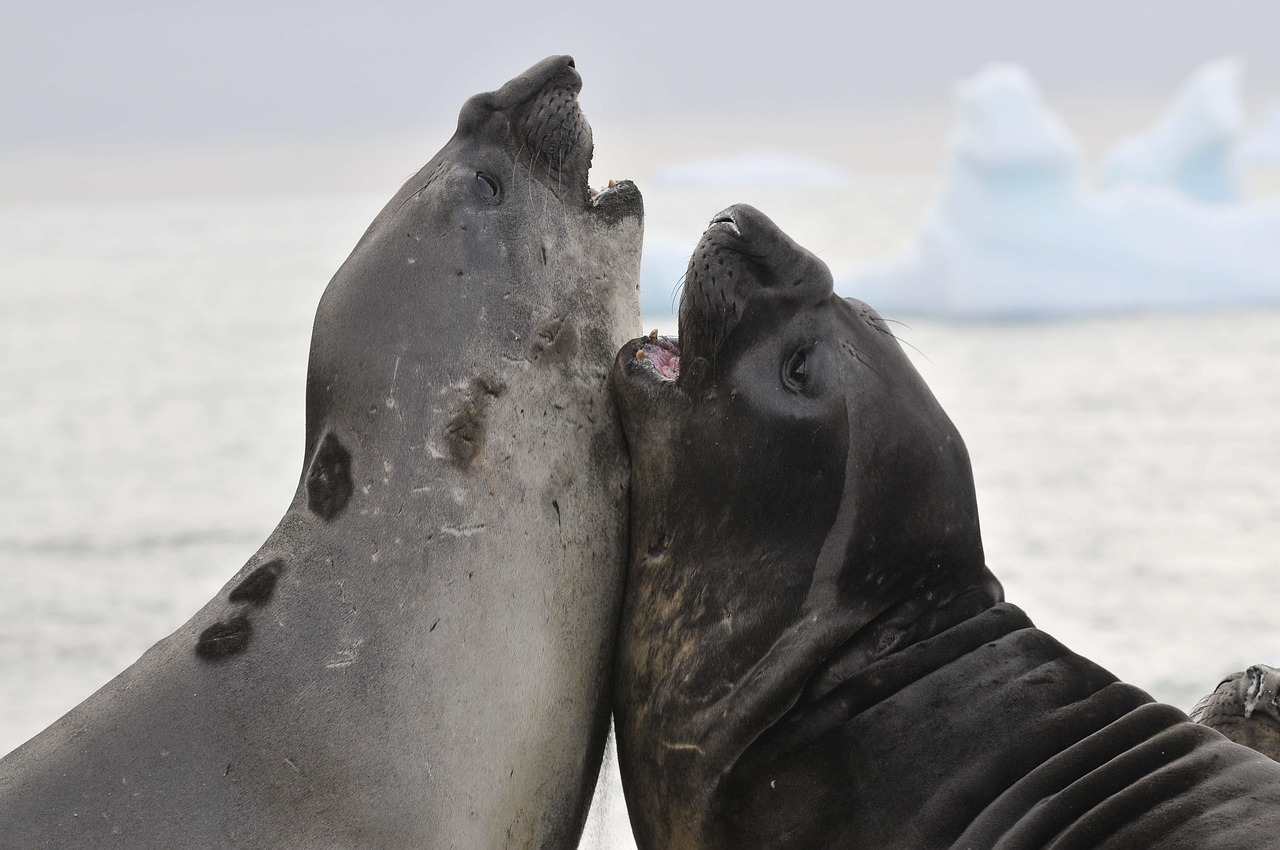Expert Reaction
These comments have been collated by the Science Media Centre to provide a variety of expert perspectives on this issue. Feel free to use these quotes in your stories. Views expressed are the personal opinions of the experts named. They do not represent the views of the SMC or any other organisation unless specifically stated.
Professor Michael Ward is Sesquicentennial Chair of Veterinary Public Health & Food Safety in the Sydney School of Veterinary Science at the University of Sydney
“This detection of the avian influenza virus on sub-Antarctic Heard Island is not a surprise; we have been seeing this happen in the region for the last 18 months. It doesn’t substantially change our risk in mainland Australia, but we need to maintain a strong surveillance system and be alert to unusual mortality events in our wildlife and our domestic poultry.
We still don’t fully understand how diseases such as avian influenza jump from wildlife to domestic animals and humans, so prevention relies on early detection, which means maintaining a strong, resilient, and responsive surveillance system.”
Dr Emma Grant is Group Leader at the Institute for Molecular Science (LIMS) at La Trobe University
"The Australian Government has confirmed the presence of highly pathogenic avian influenza (HPAI) H5N1, clade 2.3.4.4b, on Heard Island, an external Australian territory. This is the first detection of H5N1 in an Australian jurisdiction; however, Australia’s mainland remains officially H5-free.
H5N1, commonly known as “bird flu,” is a highly pathogenic avian influenza virus that has spread widely across the globe. This strain differs from previous H7 viruses that have caused outbreaks in Australia. Australia has successfully managed HPAI outbreaks before and is well prepared to respond should H5N1 reach the mainland.
The risk to human health remains low. Globally, human infections with H5N1 are rare, and there is no evidence of human-to-human transmission.
Australia maintains robust biosecurity systems to protect agriculture and human health. Ongoing surveillance by Wildlife Health Australia plays a critical role in the early detection of avian influenza in wild bird populations.
Members of the public should avoid contact with sick or dead birds and report unusual animal symptoms to authorities. Farmers are advised to minimise contact between domestic poultry and wild birds wherever possible."
Dr Farhid Hemmatzadeh is an Associate Professor in Virology at the School of Animal and Veterinary Sciences at the University of Adelaide
"The recent outbreak caused by the H5N1 highly pathogenic strain of avian influenza virus is the first report of clade 2.3.4.4b of H5N1 in Australia's sub-Antarctic islands. The virus was detected after the observation of an unusual mortality in the elephant seal population at Heard Island.
The H5N1 avian flu strain has a potential risk for human health, with the case fatality rate more than 50% of the infected patients. The H5N1 virus caused 470 human deaths out of 976 confirmed cases.
The H4N1 virus hasn’t been reported in poultry or wildlife in Australia and New Zealand except for one human case who contracted the disease overseas and failed to report to Australian airport biosecurity.
The 2.3.2.1a, common in South Asian birds has a greater potential for human infection, while the clade 2.3.4.4b that was recently detected in Heard Island has been previously reported in U.S. dairy cows. Different to the other H5N1 bird flu subtypes, the clade 2.3.4.4b H5N1 viruses can transmit between mammals (especially cows) through direct contact or from birds.
Considering the long distance between the Australian mainland and Australia's sub-Antarctic islands, the recent H5N1 outbreak does not increase risks to Australia. But the Federal Government has recently invested more than $100 million to strengthen bird flu preparedness and enhance national response capability – including towards the delivery of rapid response equipment in every state and territory. As the Minister for Agriculture, Fisheries and Forestry has stated, 'it does reinforce the ongoing need for Australia to remain focused on preparing for a potential outbreak,' Ms Collins said."
Distinguished Professor Vasso Apostolopoulos is Head of the Healthy Lifespan and Chronic Diseases Program within the School of Health and Biomedical Sciences at RMIT University Australia
"Avian influenza A(H5N1) is a highly virulent and rapidly evolving orthomyxovirus that constitutes a substantial pandemic threat due to its high case fatality rate (historically 49.2%) and capacity for cross-species transmission. Initially identified in Scottish poultry in 1959, A(H5N1) has caused recurrent epizootics with episodic zoonotic events, most notably the 1997 Hong Kong outbreak (18 human cases, 6 fatalities).
Since 2021, a genetically divergent subtype has become dominant in global avifauna, acquiring multiple adaptive mutations through genetic drift and shift. Both low and highly pathogenic avian influenza (LPAI and HPAI) variants have demonstrated the ability to cause a spectrum of clinical outcomes in humans.
In 2024, 65 laboratory-confirmed human A(H5N1) cases were reported internationally, including initial paediatric clusters in Cambodia, a fatal case in Vietnam, and Australia’s first case (a child infected in India who returned to Australia) featuring a novel reassortant genotype.
The U.S. documented its first cattle-to-human transmissions among agricultural workers, while Canada recorded a severe infection in an adolescent with no known animal contact. Detection in elephant seals on Heard Island (Australian territory) marks H5’s presence on every continent except Africa, heightening concerns over wildlife, biosecurity, and zoonotic risk to humans and agriculture. Enhanced surveillance, rapid molecular characterisation, and targeted vaccination remain critical."
Distinguished Professor Mark Von Itzstein is from the Institute for Biomedicine and Glycomics at Griffith University
"The appearance of a highly pathogenic avian influenza virus, such as H5, in the local region is of concern.
Clearly, further investigations into the extent of infection in the elephants seals will provide information about how potent this virus is.
We will have to monitor the situation very closely given the proximity to Australia."



 Australia; NSW; VIC; QLD; SA
Australia; NSW; VIC; QLD; SA


